AMINE EQUIPMENT
Inlet Gas Separator
The inlet gas separator, or the knockout drum, is the first unit in the Amine Sweetening process. It removes liquids and solids that have the potential to cause upsets downstream. There are several different types of separator commonly used in industry:
Gravity Separators
Centrifugal Separators
Mist Pad Eliminators
Vane Separators and Coalescers
Our team of experienced engineers would love to help you to choose the right one or troubleshoot an existing one!
Absorber
The absorber, or contactor, is where the sour gas first comes into contact with the chosen solvent. The process stream is fed counter-currently to the falling amine in order to remove H2S and CO2. Key considerations in column design include:
Type of trays (Valve, Sieve, Bubblecap, etc.)
Number of trays
Column Diameter and Height
Flash Drum
In order to reduce hydrocarbons in the acid gas, a flash drum is used to remove any that may have dissolved or been carried over in the amine. Design factors include, operating pressure and the overall size of the unit.
Lean/Rich Exchanger
The lean/rich exchanger helps to recover some of the heat from the lean amine leaving the reboiler and transfer it to the rich amine entering the regenerator. A properly designed exchanger can bring significant cost savings to the plant by decreasing heating and cooling duties of other units. Both shell and tube and plate/frame exchangers are used currently in industry.
Regenerator
The regenerator, or stripper, is a trayed or packed column that uses steam to remove over 95% of the acid gas contained in the solvent. Common design and operating parameters are:
Number of trays or height of packing
Column Pressure and Temperature
Reboiler
To generate stripping steam, the amine solution is heated by a reboiler. The heat is typically provided to the reboiler by LP steam in refinery settings. Reboiler design is important as it also removes some of the acid gas as well as heats the lean solvent.
To ensure that your Reboiler and Regenerator are operating at optimal conditions contact us and our experienced staff would love to help out.
THE VIRTUAL AMINE UNIT
SRE has partnered with Virtual Materials Group (VMG), allowing SRE to use the powerful VMG Plant simulation software in-field (Symmetry® ). Using years of accumulated SRE sulfur unit data, our team is able to accurately model any given Amine Unit to aid in troubleshooting and optimization
Contact us now to learn more about the creation of both Steady-State and Dynamic models of your Amine Unit!




